Energy-efficient workspaces for neurodiverse teams
Innovative Designs for Inclusive and Sustainable Workspaces
Introduction to Neurodiverse-Friendly Workspaces
In today's rapidly evolving workplace environment, inclusivity and sustainability are no longer mere buzzwords; they are essential components of modern workspace design, particularly for supporting neurodiverse teams. Neurodiversity encompasses a wide range of conditions such as autism, ADHD, and dyslexia, each with unique needs and strengths. To truly empower these individuals, it’s crucial to integrate energy-efficient strategies that also cater to their diverse sensory preferences and working styles. This article explores innovative solutions, design principles, and accommodations that facilitate both inclusivity and energy efficiency in the workplace.
Strategies for Energy-Efficient and Neurodiverse-Friendly Workspaces
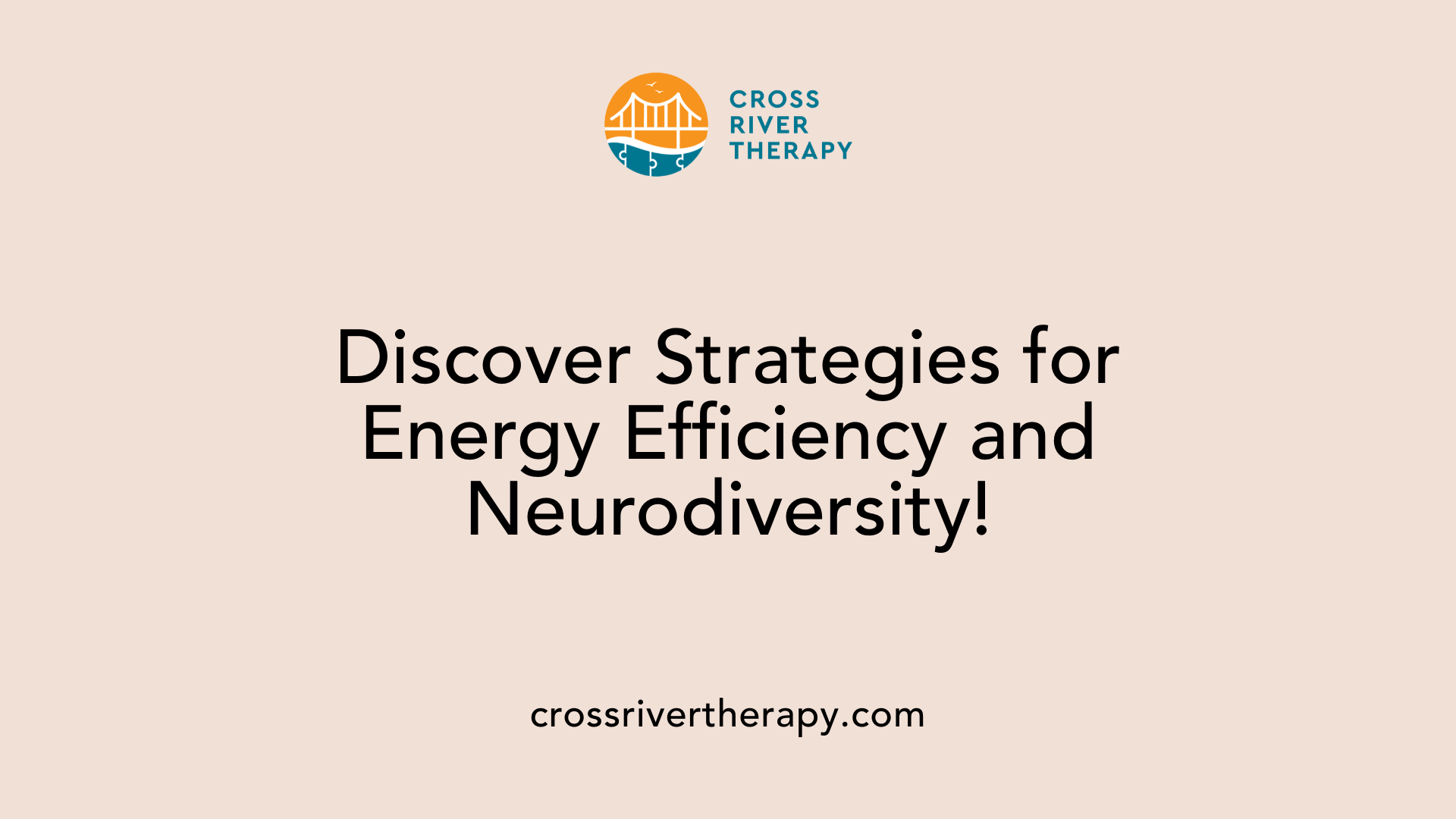
What are some strategies for designing energy-efficient workplaces that cater to neurodiverse individuals?
Designing energy-efficient workplaces that cater to neurodiverse individuals requires a multifaceted approach. Here are some essential strategies:
Flexible Environments: Initiate a workspace that provides varied zones for different working styles. This could include quiet rooms for concentration and open collaboration areas for social interaction. Flexibility allows individuals to choose spaces that suit their sensory preferences.
Sensory Adaptations: Implement adjustable lighting solutions such as dimmable LEDs and access to natural sunlight. These adaptations help reduce sensory overload and cater to different lighting preferences. Additionally, soundproofing measures like acoustic panels can mitigate intrusive noise, creating a more focused work environment.
Sustainable Materials: Utilize eco-friendly furniture that improves indoor air quality, which is crucial for employees sensitive to their surroundings. Materials made from natural substances not only support sustainability efforts but contribute to a healthier workspace.
Biophilic Design: Integrate elements of nature, such as indoor plants and natural light, which are known to enhance mental well-being and boost productivity. Research shows that exposure to natural elements can significantly reduce stress and improve overall work satisfaction.
Workspace Layouts: Create diverse workspace layouts, ensuring a balance of quiet zones and more stimulating areas. This allows neurodiverse individuals to select environments that best fit their working needs, fostering inclusivity and enhancing performance.
Incorporating these strategies can dramatically improve the work experience for neurodiverse individuals while promoting sustainability.
Universal Design Principles and Sensory Accommodations
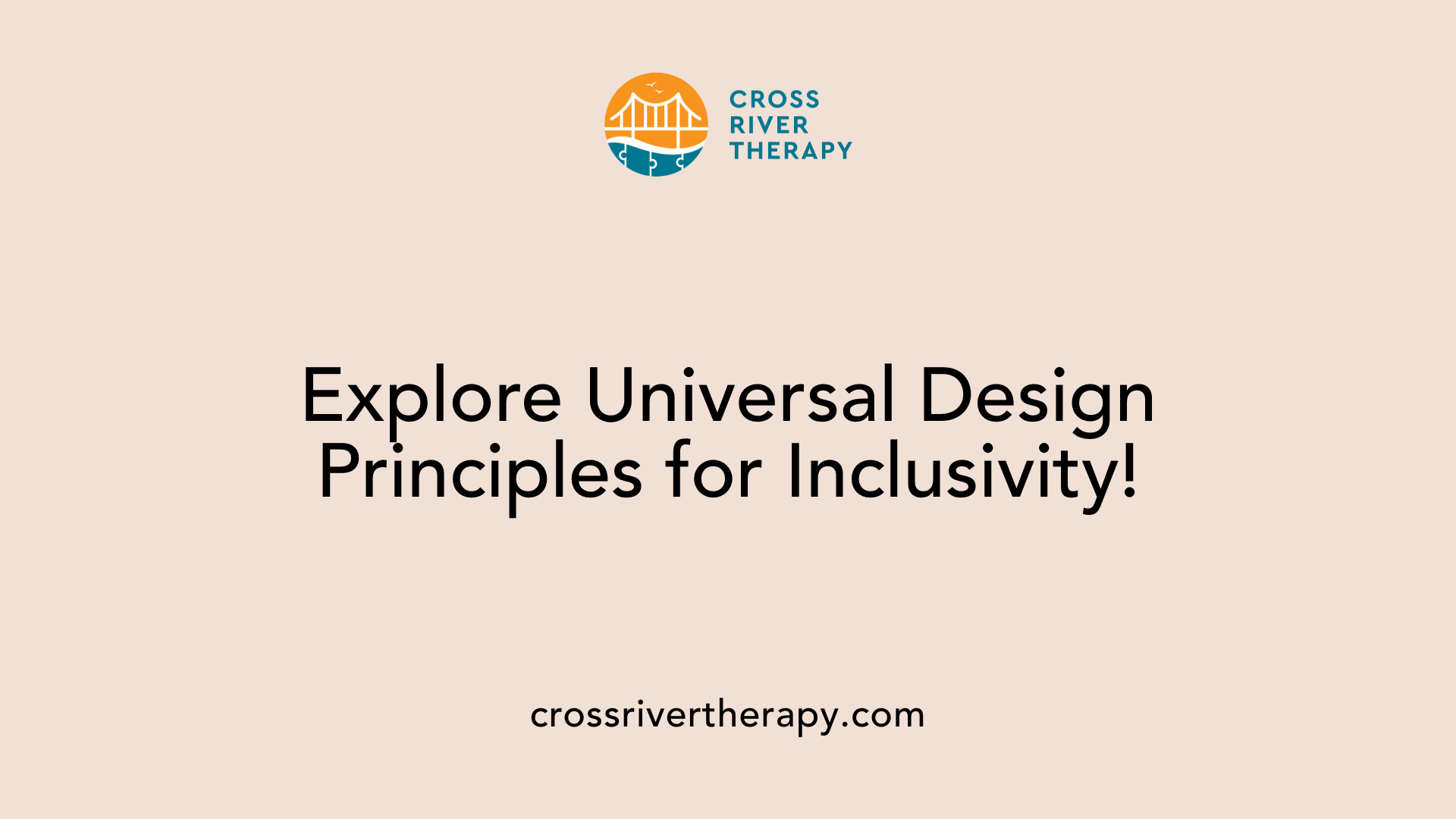
What universal design principles and sensory accommodations are recommended for neurodiverse employees?
Universal design principles for neurodiverse employees focus on creating inclusive environments that cater to varied sensory experiences and processing styles. These principles aim to eliminate barriers to participation in the workplace, ensuring all employees feel valued and can perform to the best of their abilities.
Key accommodations that can enhance these environments include:
- Advance Meeting Agendas: Distributing agendas before meetings helps neurodivergent individuals prepare and reduces anxiety about unexpected topics.
- Roundtable Discussions: Facilitating structured discussions allows everyone to contribute in a supportive setting, promoting inclusive participation.
- Clear, Structured Guidelines: This practice minimizes confusion and anxiety, enabling neurodiverse employees to understand expectations and foster confidence.
Additionally, creating sensory-friendly spaces is crucial. These areas may include quiet zones designed to reduce distractions and sensory overload, allowing for focused work. Using accessible technology, such as text-to-speech software or visual aids, can further support individuals with sensory sensitivities and different processing needs.
Applying Universal Design for Learning (UDL) principles enhances engagement by offering multiple means of participation. This might involve letting neurodiverse employees express themselves through alternative formats, promoting their unique strengths and preferences.
Overall, implementing these practices fosters communication and inclusivity, creating a workplace culture that genuinely values diversity. This inclusion not only benefits neurodiverse individuals but enhances collaboration and innovation across teams.
The Role of Sensory Elements in Workplace Design
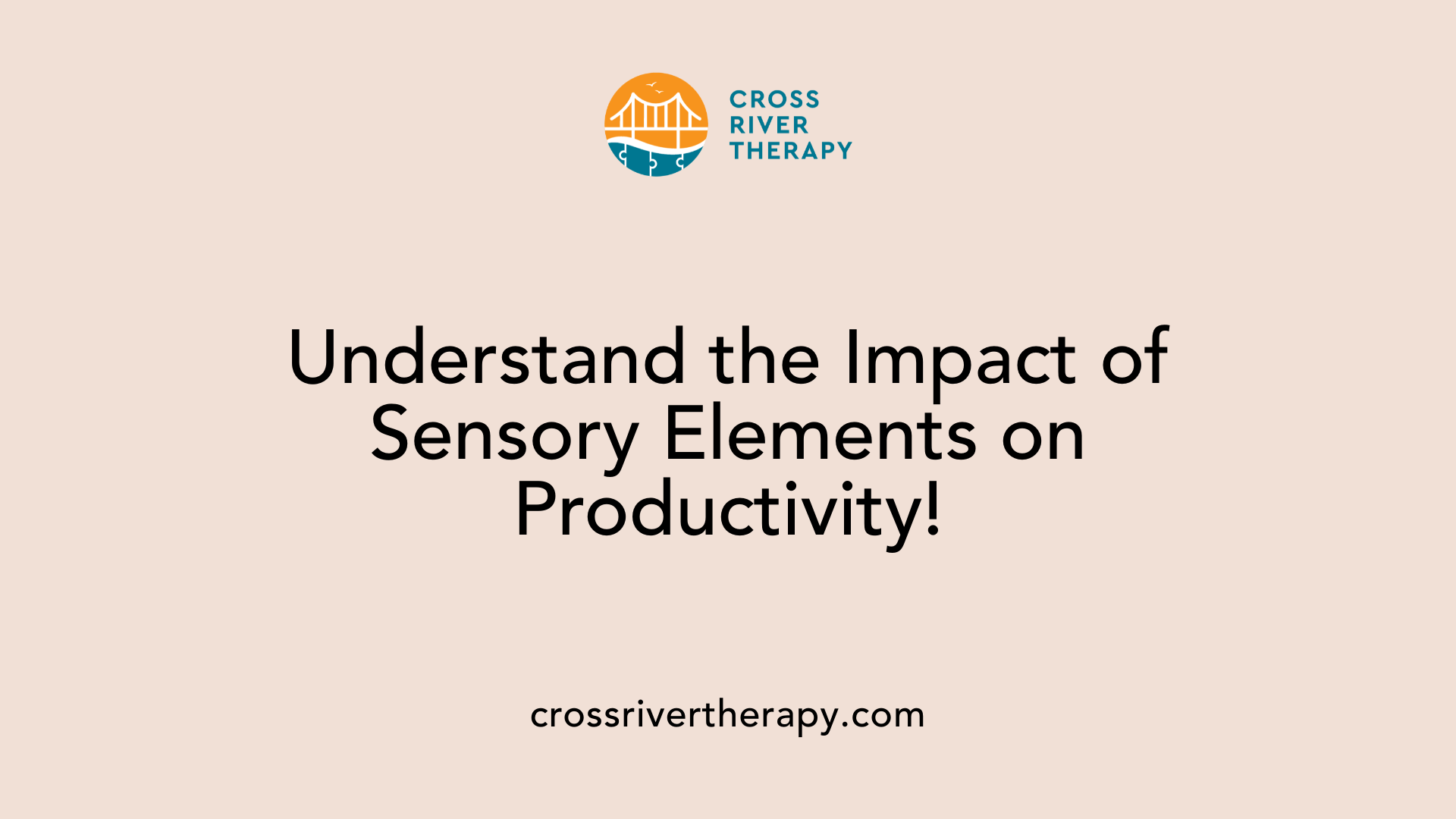
How do sensory elements in workplace design impact the productivity and comfort of neurodiverse employees?
Sensory elements in workplace design significantly influence the productivity and comfort levels of neurodiverse employees. For individuals sensitive to sensory stimuli, factors such as noise levels, lighting quality, and overall spatial arrangements are crucial.
To create a supportive environment, businesses can utilize sound-absorbing materials to mitigate distractions from noise. Adjustable lighting systems, which allow employees to customize their light sources—opting for natural light, LED, or softer tones—can minimize discomfort caused by harsh fluorescents. Additionally, incorporating quiet zones where employees can retreat when feeling overwhelmed helps in fostering a calming atmosphere.
Implementing these features not only benefits neurodiverse individuals but also enhances the workspace for all employees, promoting overall well-being. A culture of inclusion that prioritizes sensory safety allows for open discussions about individual needs, which is vital for reducing the necessity for neurodivergent masking and misinterpretation of behaviors.
Sensory Sensitivity Considerations
Neurodiverse individuals often experience varying degrees of sensory sensitivities that can lead to heightened anxiety and reduced productivity in conventional office settings. Recognizing these sensitivities is essential for creating effective workplace accommodations.
Design Features for Inclusivity
Employers can consider features such as:
- Soundproofing solutions: Utilize noise-reducing panels and white noise machines to decrease auditory distractions.
- Personalized lighting options: Offer dimmable fixtures and natural light alternatives to cater to different sensitivity levels regarding brightness and glare.
- Flexible furniture arrangements: Incorporate adjustable desks and private workspaces that adapt to individual comfort levels.
Fostering an Inclusive Culture
Creating an atmosphere that prioritizes sensory considerations helps in building an inclusive workplace culture. Training programs and open communication channels encourage collaboration and understanding among team members regarding neurodiversity. Through these initiatives, organizations can enhance productivity while catering to the diverse needs of their workforce.
Biophilic Design: Bridging Neurodiversity and Productivity
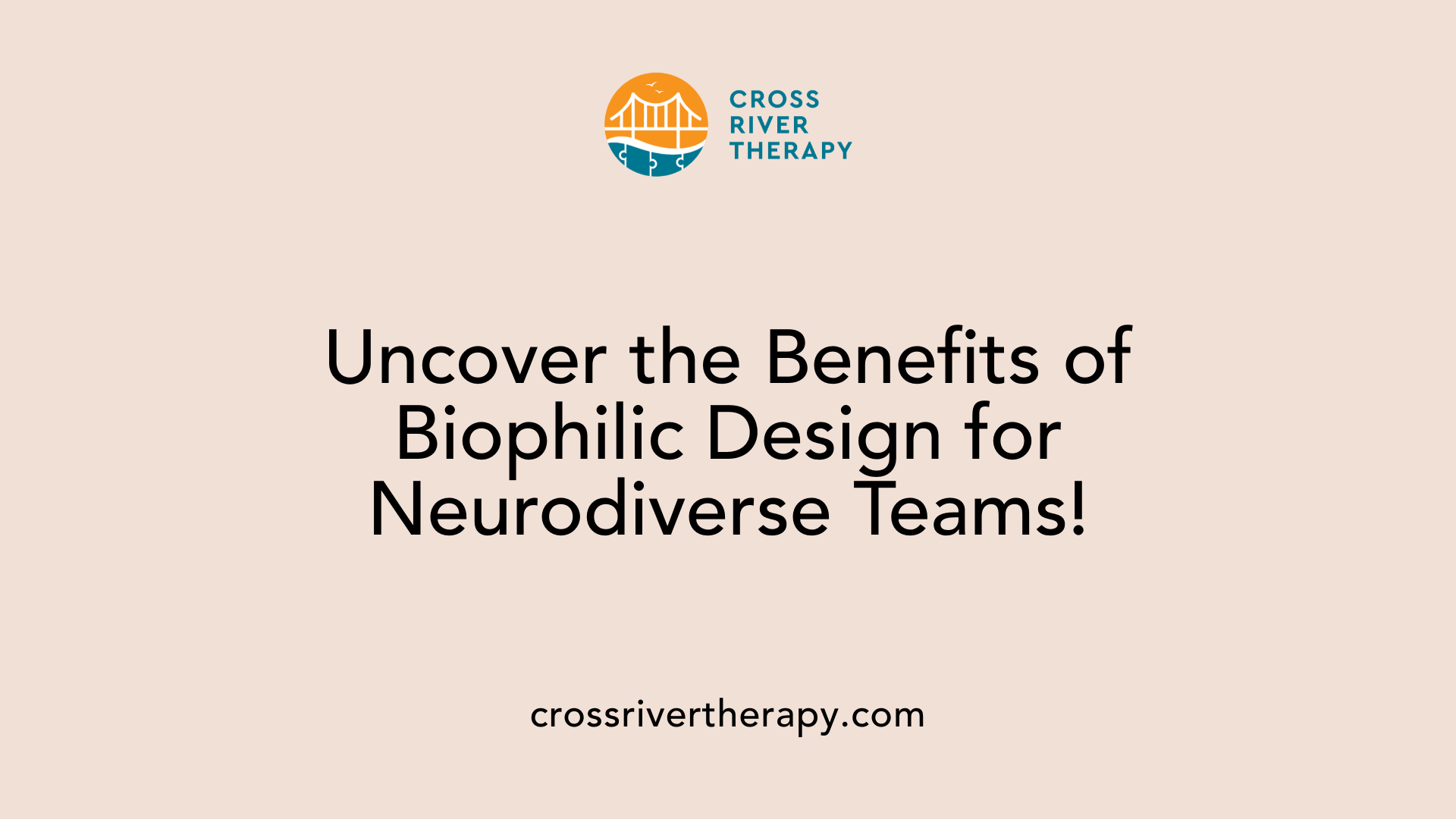
What are the benefits of biophilic design for neurodiverse teams and how can it enhance workplace productivity?
Biophilic design integrates natural elements into the work environment, significantly benefiting neurodiverse teams. By incorporating features such as plants, water elements, and natural lighting, these designs create calming spaces that reduce sensory overload.
The emotional well-being of employees is greatly enhanced in biophilic environments, as the presence of nature has been shown to lower stress and anxiety levels. This soothing atmosphere fosters increased focus and productivity, allowing neurodiverse individuals to thrive.
Key Features of Biophilic Design
- Natural Elements: Plants and water features improve air quality, and offer visual stimulation while providing a serene backdrop.
- Natural Light: Utilizing windows and skylights reduces reliance on harsh artificial lighting, which can be overwhelming.
- Ergonomics: Incorporating ergonomic furniture ensures comfort and proper support, accommodating various sensory and physical needs of neurodiverse employees.
- Transitional Areas: Creating spaces for movement, like walking paths or cozy relaxation zones, supports those needing frequent breaks to regulate their sensory input.
Research supports these approaches—exposure to natural settings helps improve attention spans and enhances task management. Therefore, biophilic design not only contributes to individual comfort but also cultivates an overall productive and harmonious workplace, benefiting all employees in the long run.
Summary of Benefits
| Elements | Benefits | Impact on Productivity |
|---|---|---|
| Natural Elements | Reduces anxiety | Enhanced focus and task engagement |
| Natural Light | Mitigates sensory overload | Improved mood and energy levels |
| Ergonomics | Supports comfort | Higher job satisfaction and performance |
| Transitional Areas | Provides necessary breaks | Enables prolonged attention and creativity |
Integrating Accessibility with Energy Efficiency
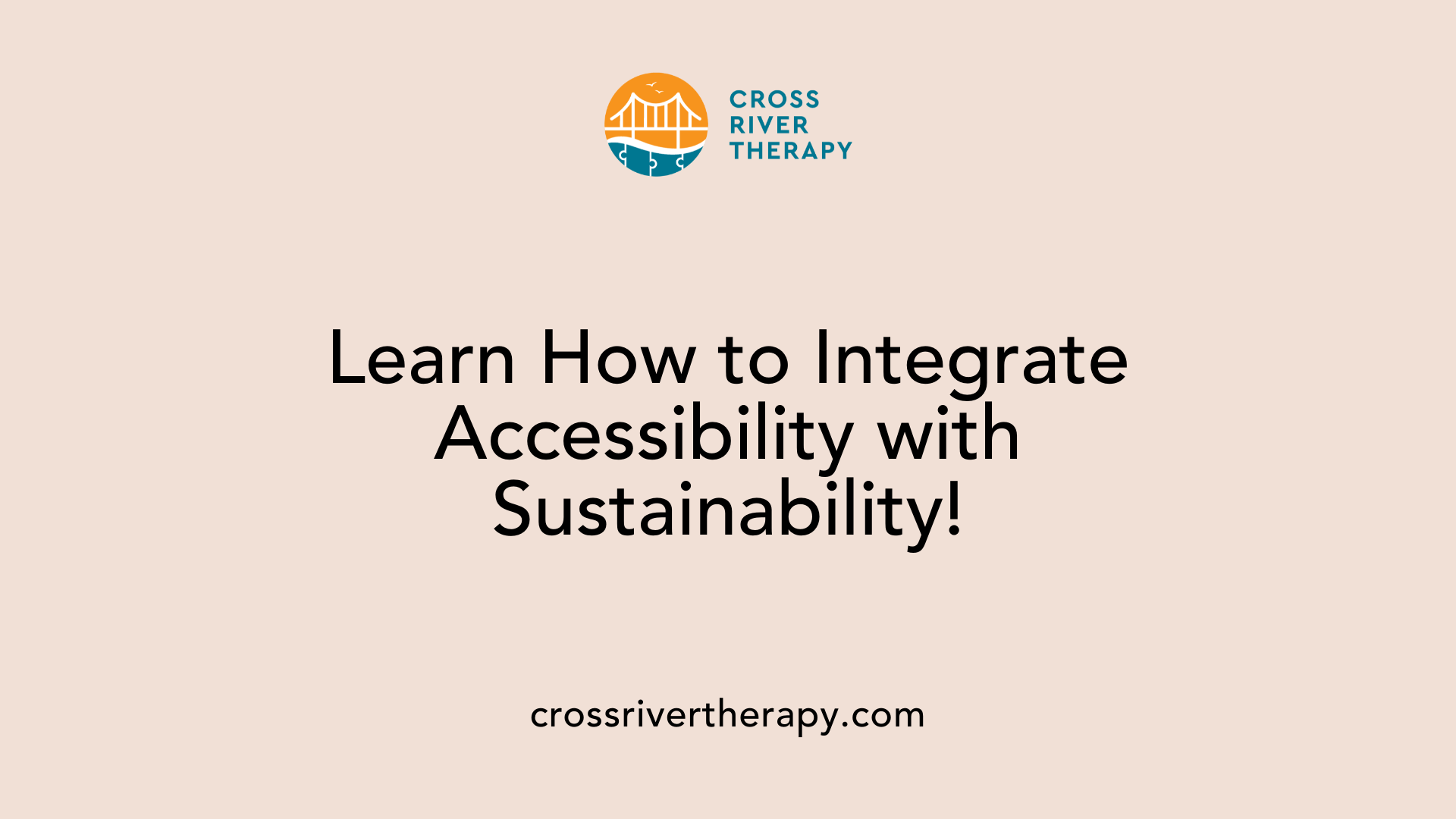
How can accessibility be integrated with energy savings in workplace environments?
Integrating accessibility with energy savings in workplace environments is not just a noble pursuit; it holds significant benefits for overall employee engagement and organizational sustainability. Creating inclusive designs requires taking into account the varying needs of all employees, including those with disabilities. This can involve implementing architectural features such as ramps for wheelchair accessibility or wider parking spaces, which maintains compliance with accessibility standards.
By incorporating assistive technologies, workplaces become more accommodating to neurodiverse individuals, enabling them to contribute effectively. For example, using screen readers or speech recognition software can empower individuals, ultimately fostering a more diverse and creative workforce.
Energy-efficient solutions, including the installation of LED lighting and water-saving fixtures, can significantly reduce the carbon footprint of an organization. These upgrades not only save money but also enhance the sensory experience for employees, creating healthier workplaces. Flexible furniture arrangements can provide additional comfort and adaptability for different needs.
The Role of Diverse Workforce in Sustainability
Moreover, prioritizing diversity, equity, inclusion, and accessibility (DEIA) within workforce development inspires innovative energy-efficient practices. By involving people with disabilities in their design, companies can create more effective and user-friendly assistive technologies. This engagement helps develop a skilled workforce dedicated to achieving sustainability goals.
In essence, integrating accessibility with energy efficiency cultivates a thriving workplace environment that respects individual needs while promoting a collective commitment to sustainability and responsibility.
Innovative Solutions for Sustainable and Inclusive Workspaces
What are some innovative solutions for combining sustainability and inclusivity in workspace design?
Innovative solutions for combining sustainability and inclusivity in workspace design include a variety of approaches that cater to the needs of neurodiverse employees while also protecting the environment. Here are some key strategies:
Fluid Workspace Design: Creating flexible workspaces that blend areas for individual focus with collaborative environments ensures that employees can choose settings best suited to their cognitive needs. This adaptability is crucial for supporting neurodiverse individuals who may thrive in quieter, personalized spaces.
Materials with Low Carbon Footprint: Choosing sustainable materials such as mass timber and recycled innovations contributes not only to environmental sustainability but also to a more inclusive ambiance. These materials can enhance comfort and reduce the psychological stress associated with traditional construction materials.
Flexible Policies: Encouraging flexible work arrangements—such as remote work options and adjustable hours—promotes work-life balance. This flexibility is particularly beneficial for neurodiverse individuals, allowing them to manage their productivity effectively based on personal needs.
Renewable Energy Integration: Utilizing renewable energy sources, like solar panels, alongside eco-friendly practices (e.g., maintaining a paperless office), fosters a culture of sustainability. This not only benefits the environment but also attracts diverse talent, emphasizing the company’s commitment to inclusivity.
In conclusion, merging sustainable practices with an inclusive workspace design creates an environment where all employees can flourish. By focusing on these innovative solutions, organizations can cultivate a workplace that champions both inclusivity and environmental responsibility.
Enhancing Occupational Health and Sustainability
How can occupational health and sustainability be enhanced in neuroinclusive workplaces?
Occupational health and sustainability in neuroinclusive workplaces can be significantly enhanced by integrating biophilic design. This concept incorporates natural elements into the work environment, which reduces stress and boosts productivity, especially for neurodiverse individuals. By utilizing plants, natural light, and water features, organizations can create calming spaces that improve mental well-being and concentration.
What role does efficient lighting play in supporting neurodiverse teams?
In addition to biophilic elements, efficient lighting plays a crucial role in supporting neurodiverse teams. Adjustable LED lights can cater to individual preferences, reducing discomfort associated with harsh fluorescent lighting. This adaptability allows neurodiverse employees to mitigate sensory overload and create personalized environments conducive to focus and productivity.
How can extended reality technology enhance workplace adaptation?
The adoption of extended reality (XR) technology offers another innovative avenue. XR can assist neurodiverse individuals in acclimating to their workspaces by simulating different environments and helping them manage sensory challenges effectively. This technology promotes greater comfort, allowing employees to self-regulate their surroundings based on individual needs.
What are universal design principles, and why are they important?
Implementing universal design principles ensures flexibility, choice, and variety in workplace design, accommodating diverse cognitive needs and benefiting all employees. By focusing on inclusivity, organizations foster a culture where everyone can thrive, enhancing overall employee engagement and contributing to sustainability goals in urban settings.
| Design Element | Benefits for Neurodiverse Individuals | Sustainability Impact |
|---|---|---|
| Biophilic Design | Reduces stress; improves focus | Enhances air quality; promotes eco-friendliness |
| Efficient Lighting | Mitigates sensory overload; customizable for comfort | Energy-saving solutions; reduces reliance on artificial lights |
| Extended Reality | Aids adaptation to workspaces; supports self-regulation | Encourages remote work options; enhances training experiences |
| Universal Design | Increases accessibility for all employees | Promotes inclusive practices; fosters community engagement |
This comprehensive and inclusive approach not only supports organizational productivity but also enhances the overall work experience for neurodiverse teams.
Building a Future of Inclusive Workspace Design
Future Trends in Inclusive Workspace Design
The future of workspace design increasingly prioritizes inclusivity, focusing on creating environments that cater to the diverse needs of neurodiverse individuals. Forward-thinking companies are exploring adaptations that meld ergonomic furniture, sensory-friendly designs, and sophisticated technology to facilitate an accommodating atmosphere. Virtual reality and artificial intelligence are emerging as pivotal tools, allowing tailored adjustments to lighting, sound, and layout to address the unique sensory preferences of employees.
Innovation in Workspace Design
Innovative concepts such as biophilic design, which integrates natural elements, are gaining traction. This design philosophy not only improves well-being and creativity but also resonates with neurodiverse employees’ needs for calming environments. Features such as adjustable lighting, flexible furniture arrangements, and acoustic management are becoming standard in modern offices, creating spaces where focus and collaboration thrive.
Long-Term Impact on Productivity
The outreach to neurodiverse talent is not just a matter of ethics but a strategic choice, as organizations embracing this diversity report significant productivity gains. Studies have shown that neurodiverse teams can outperform neurotypical ones by 30% or more, highlighting the profound long-term benefits of an inclusive workforce.
A Cultural Shift Towards Inclusion
A cultural shift is underway, emphasizing empathy, education, and awareness about neurodiversity. Companies are investing in training programs that cultivate understanding among all employees, fostering a supportive environment that not only attracts neurodiverse talent but also enhances overall workplace morale.
Conclusion: Towards a Neurodiverse and Sustainable Future
As workplaces continue to evolve, embracing inclusivity and sustainability offers not only avenues for greater employee satisfaction and productivity but also pathways toward a healthier, more innovative organizational culture. Designing workspaces that cater to neurodiverse individuals with an emphasis on energy efficiency is a strategic imperative for companies seeking to harness the diverse talents and skills of their workforce. By prioritizing thoughtful design, sensory consideration, and simple accommodations, organizations can ensure that all employees have the opportunity to thrive. Looking ahead, the integration of sustainable practices with inclusive design principles will define the future of work environments, driving a collective movement toward greater workplace equality and ecological sustainability.
References
Table of Contents
- Strategies for Energy-Efficient and Neurodiverse-Friendly Workspaces
- Universal Design Principles and Sensory Accommodations
- The Role of Sensory Elements in Workplace Design
- Biophilic Design: Bridging Neurodiversity and Productivity
- Integrating Accessibility with Energy Efficiency
- Innovative Solutions for Sustainable and Inclusive Workspaces
- Enhancing Occupational Health and Sustainability
- Building a Future of Inclusive Workspace Design
- Conclusion: Towards a Neurodiverse and Sustainable Future
- References



